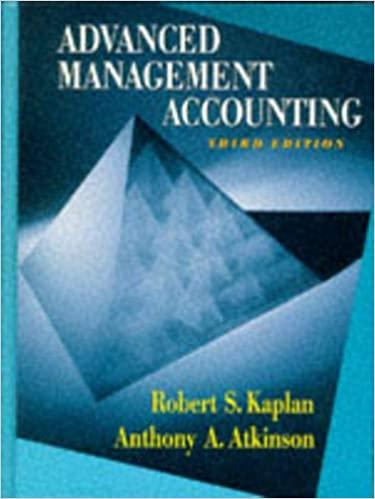Computing a Cost-Plus International Transfer Price Absent market prices, organizations compute cost-plus transfer prices that are intended
Question:
Computing a Cost-Plus International Transfer Price Absent market prices, organizations compute cost-plus transfer prices that are intended to estimate a reasonable market price. As suggested by the title, the cost-plus transfer price has two components, a cost component and a markup component.
Most tax authorities allow organizations to use the cost basis that is generated by their conventional financial accounting systems-that is, the systems that provide the numbers for external reporting.
The markup component is usually undertaken by identifying the functions that the supplying organization undertakes. For example, suppose that Global Company manufactures a product in country A and then distributes that product to other countries, where it is sold. If Global Company does all the research and development and market analysis in country A, the number of functions and therefore the markup will be different than if country A simply acts like a contract manufacturer to manufacture products that were designed in other countries.
Required Suppose that you are employed by the tax authority in one of the countries in which Global Company operates. What problems, if any, do you see in applying the cost-plus transfer pricing rule in practice? How would you propose to resolve these problems?
Step by Step Answer:

Advanced Management Accounting
ISBN: 9780132622882
3rd Edition
Authors: Robert S. Kaplan, Anthony A. Atkinson, Kaplan And Atkinson





